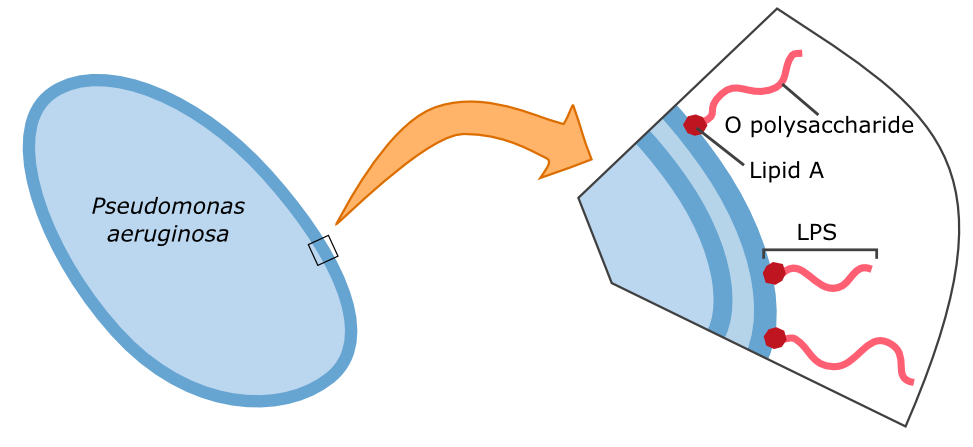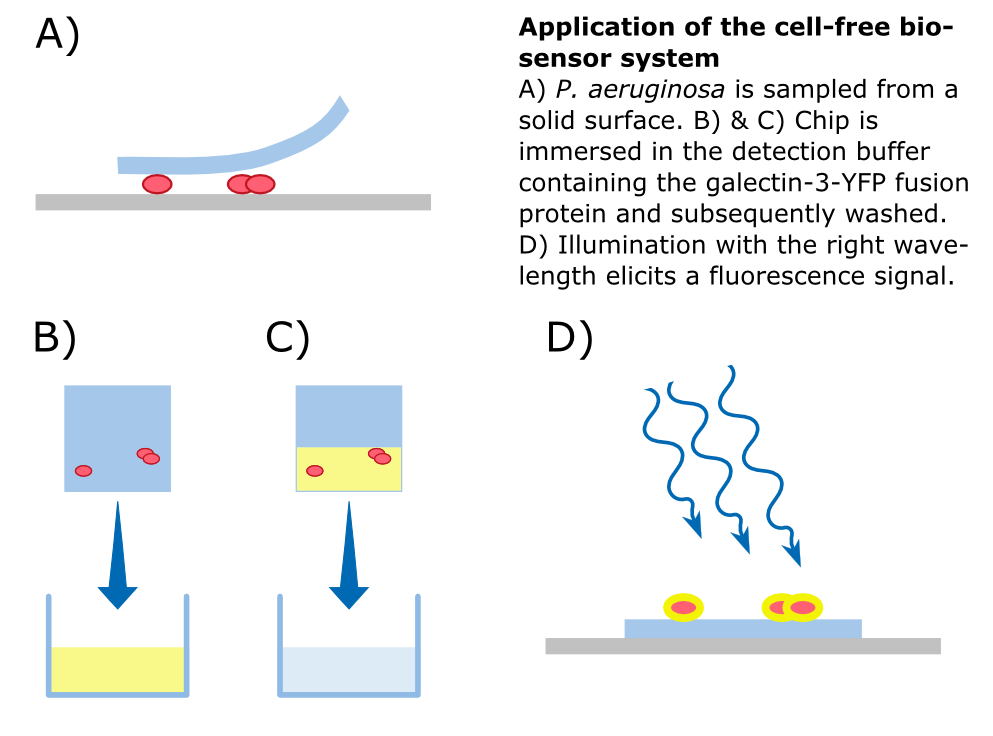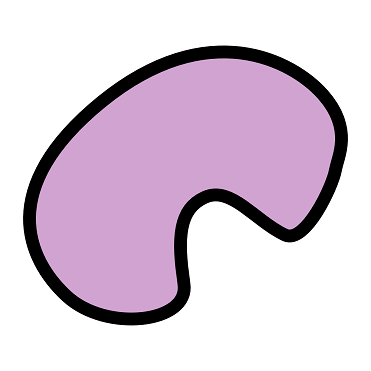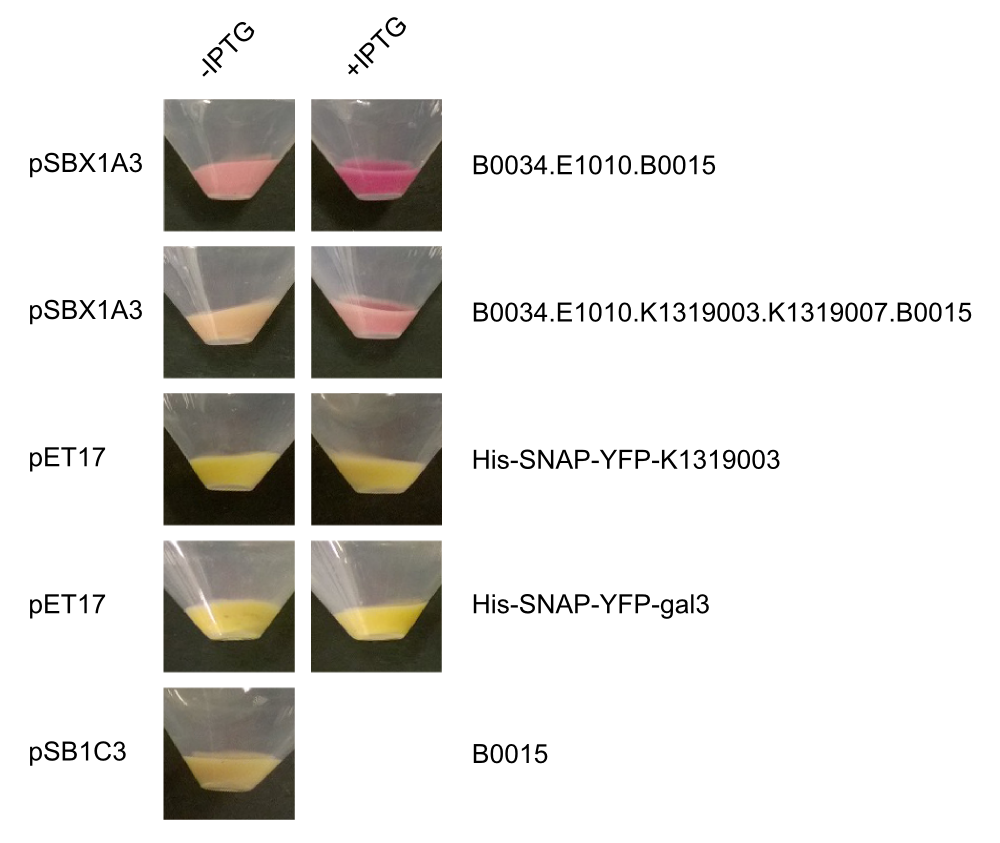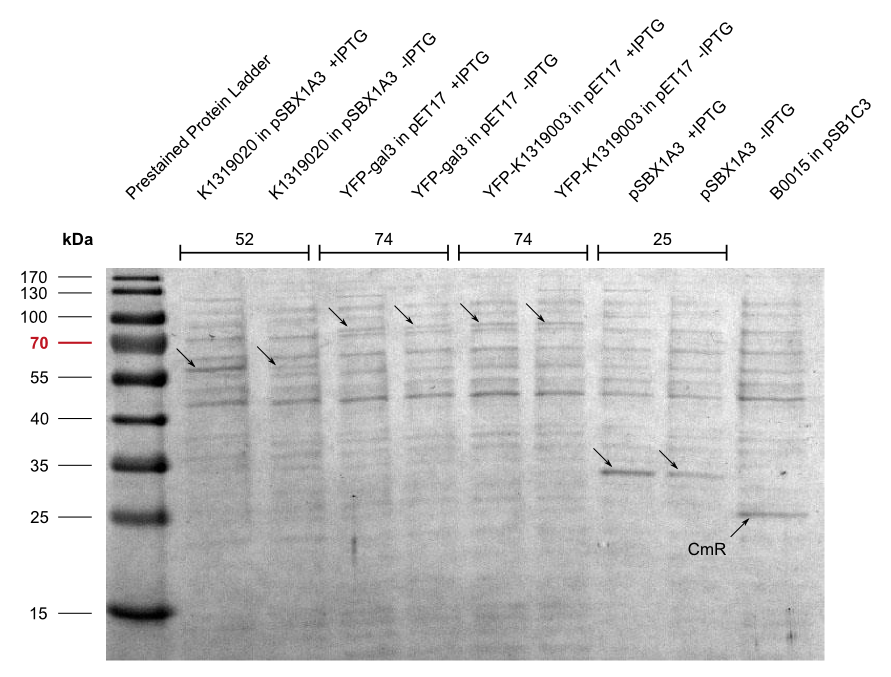Team:Aachen/Project/Gal3
From 2014.igem.org
(→Natural Functions of Galectin-3) |
|||
| Line 81: | Line 81: | ||
Galectins are proteins of the lectin family, which posess '''carbonhydrate recognition domains''' binding specifically to β-galactoside sugar residues. In humans, 10 different galectines have been identified, among which is galectin-3. | Galectins are proteins of the lectin family, which posess '''carbonhydrate recognition domains''' binding specifically to β-galactoside sugar residues. In humans, 10 different galectines have been identified, among which is galectin-3. | ||
| - | Galectin-3 has a size of about 31 kDA and is encoded by a single gene, LGALS3. It has many physiological functions, such as cell adhesion, cell growth and differentiation, and contributes to the development of cancer, inflammation, fibrosis and others. | + | Galectin-3 has a size of about 31 kDA and is encoded by a single gene, LGALS3. It has many physiological functions, such as '''cell adhesion, cell growth and differentiation,''' and contributes to the development of '''cancer, inflammation, fibrosis and others'''. |
Human galectin-3 is a protein of the lectin-family that was shown to bind the LPS of multiple human pathogens. | Human galectin-3 is a protein of the lectin-family that was shown to bind the LPS of multiple human pathogens. | ||
Some of them, including ''Pseudomonas aeruginosa'' protect themselves against the human immune system by mimicking the lipopolysaccharides (LPS) present on human erythrocytes. | Some of them, including ''Pseudomonas aeruginosa'' protect themselves against the human immune system by mimicking the lipopolysaccharides (LPS) present on human erythrocytes. | ||
| - | By making fusion proteins | + | By making fusion proteins from galectin-3 and fluorescent reporter proteins, pathogens can be labelled and made visible by fluorescence microscopy. |
Revision as of 15:00, 17 October 2014
|
|
|
 "
"

